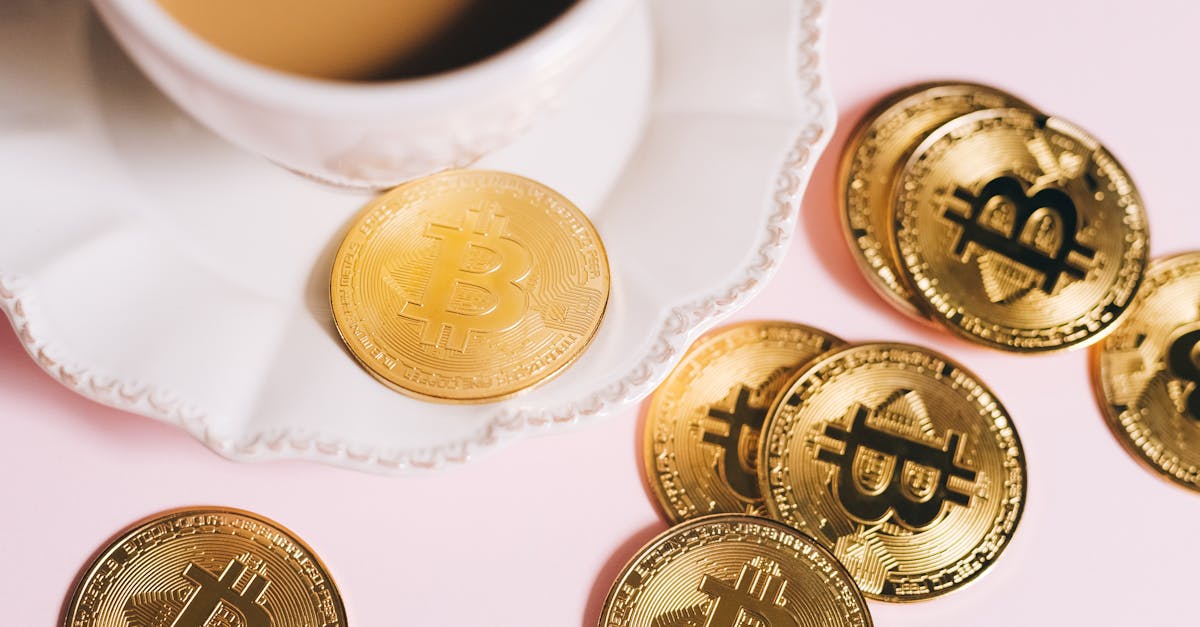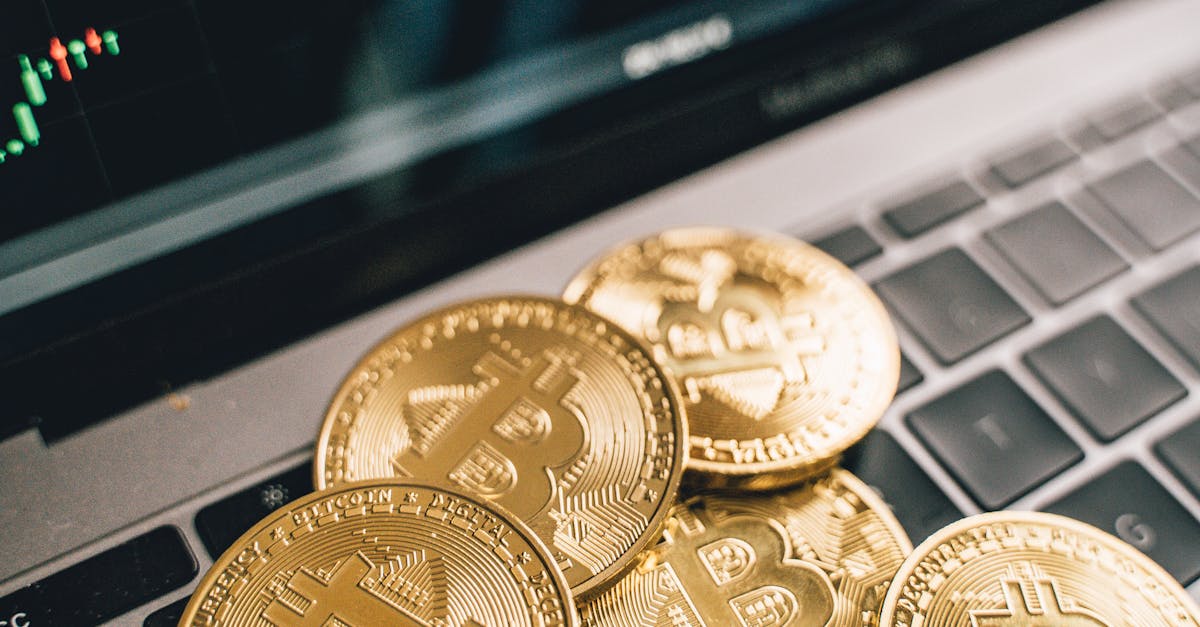Unlock the Golden Path to Wealth: A Comprehensive Guide for Beginners

The world of investing can be a daunting place, but don’t worry—we’re here to help you get started. In this beginner’s guide to investing in gold, we’ll cover everything you need to know about this precious metal, from its enduring allure to the different ways you can buy it. We’ll also compare gold to stocks, so you can make an informed decision about which one is right for you. By reading this guide, you’ll be well-equipped to make smart decisions about your gold investments and maximize your returns.
Gold has been a valuable asset for centuries, and it continues to be a popular investment today. There are several reasons why gold is such a smart investment. First, gold is a safe haven asset. This means that it tends to hold its value during periods of economic uncertainty. When the stock market is volatile, for example, investors often flock to gold as a way to protect their wealth.
**Gold is also a scarce asset. There is a limited amount of gold in the world, and this scarcity helps to support its value. In addition, gold is a durable asset. It doesn’t rust or corrode, and it can be stored for long periods of time without losing its value.
Key Insights
- Gold is a safe haven asset that can help to protect your wealth during periods of economic uncertainty.
- Gold has a low correlation to other asset classes, which can help to reduce the overall risk of your portfolio.
- Gold has outperformed inflation over the long term, which can help to protect your wealth from the effects of inflation.
- There are several different ways to invest in gold, including physical gold, gold ETFs, and gold futures.
- The amount of gold that you add to your portfolio will depend on your individual circumstances and investment goals.
1. The Enduring Allure of Gold: Why It’s a Smart Investment
Gold has been a valuable asset for centuries, and it continues to be a popular investment today. There are several reasons why gold is such a smart investment. First, gold is a safe haven asset. This means that it tends to hold its value during periods of economic uncertainty. When the stock market is volatile, for example, investors often flock to gold as a way to protect their wealth.
Gold is not just a safe haven asset; it also has a tendency to appreciate in value over time. This is because the demand for gold grows as the global population increases and more people become wealthy. In addition, gold is a scarce asset. There is a limited amount of gold in the world, and this scarcity helps to support its value.
Gold can also generate passive income via dividends. Because gold is a precious metal and can be difficult to store and transport, many investors opt to invest in gold companies and funds that will issue dividends representing their holdings in physical gold. Dividend yields can vary widely depending upon the company and market conditions, but they can provide investors with an additional source of return in addition to capital appreciation.
2. Gold 101: A Beginner’s Guide to Buying Gold

There are several different ways to buy gold. You can buy physical gold, such as coins or bars, or you can buy gold ETFs or gold futures. Physical gold is the most tangible way to invest in gold. You can buy physical gold from a variety of sources, including coin dealers, banks, and online retailers.
Gold ETFs are a type of security that tracks the price of gold. When you buy a gold ETF, you are not buying physical gold. Instead, you are buying a share of a fund that invests in gold. Gold ETFs are traded on stock exchanges, just like stocks.
Gold futures are a type of contract that obligates the buyer to buy a certain amount of gold at a set price on a future date. Gold futures are traded on futures exchanges.
No matter how you choose to buy gold, it is important to store it safely. You can store physical gold at home in a safe place, or you can store it in a safe deposit box at a bank. Gold ETFs and gold futures are stored by the custodian of the fund or exchange.
3. Gold vs. Stocks: Which One Reigns Supreme?
Gold and stocks are two of the most popular investment options. Both assets have their own unique risks and rewards, so it is important to understand the differences between them before you decide which one is right for you.
One of the biggest differences between gold and stocks is their volatility. Gold is a relatively stable asset, while stocks can be much more volatile. This means that the price of gold is less likely to fluctuate wildly than the price of stocks.
Another key difference between gold and stocks is their liquidity. Gold is a very liquid asset, which means that it can be easily bought and sold. Stocks are also liquid, but they are not as liquid as gold.
When it comes to returns, gold has historically outperformed stocks over the long term. However, stocks have the potential to generate higher returns than gold over the short term.
Ultimately, the best investment for you depends on your individual circumstances and investment goals. If you are looking for a safe and stable investment, then gold may be a good option for you. If you are looking for an investment with the potential for higher returns, then stocks may be a better choice.
4. The Value of Gold: Does It Always Go Up?

The price of gold is influenced by a variety of factors, including economic conditions, geopolitical events, and market sentiment. Economic conditions can have a significant impact on the price of gold. When the economy is doing well, demand for gold tends to be lower, as investors are more likely to put their money into stocks and other riskier assets. Conversely, when the economy is doing poorly, demand for gold tends to increase, as investors seek safe haven assets.
Geopolitical events can also have a major impact on the price of gold. For example, when there is political uncertainty or war, demand for gold often increases, as investors seek to protect their wealth. Gold performed well during the recent geopolitical tensions between Russia and Ukraine.
Market sentiment can also affect the price of gold. When investors are optimistic about the future, they are more likely to sell gold and buy riskier assets. Conversely, when investors are pessimistic about the future, they are more likely to buy gold and sell riskier assets.
It is important to note that the price of gold can be volatile. This means that the price of gold can fluctuate significantly over short periods of time. As a result, it is important to invest in gold with a long-term perspective.
5. Exploring Gold Investment Schemes: Which One Suits You Best?
There are several different gold investment schemes available, each with its own risks and rewards. The best scheme for you will depend on your individual circumstances and investment goals.
Physical gold is the most straightforward way to invest in gold. You can buy physical gold in the form of coins, bars, or jewelry. Physical gold is a good option for investors who want to take direct ownership of their gold. However, physical gold can be difficult to store and transport, and it is also subject to theft.
Gold ETFs are a type of security that tracks the price of gold. When you buy a gold ETF, you are not buying physical gold. Instead, you are buying a share of a fund that invests in gold. Gold ETFs are traded on stock exchanges, just like stocks. Gold ETFs are a good option for investors who want to gain exposure to gold without having to buy physical gold.
Gold futures are a type of contract that obligates the buyer to buy a certain amount of gold at a set price on a future date. Gold futures are traded on futures exchanges. Gold futures are a good option for investors who want to speculate on the price of gold.
When choosing a gold investment scheme, it is important to consider your risk tolerance and investment goals. If you are not comfortable with the volatility of gold, then you may want to consider investing in a gold ETF or gold futures contract. If you are comfortable with the volatility of gold, then you may want to consider investing in physical gold.
6. Expert Insights: Tips for Maximizing Your Gold Investment
To maximize your gold investment, it is important to follow these expert tips:
Diversify your investment portfolio. Don’t put all of your eggs in one basket. Instead, diversify your investment portfolio by investing in a variety of assets, including gold, stocks, bonds, and real estate. This will help to reduce your overall risk.**
Invest for the long term. Gold is a volatile asset, so it is important to invest for the long term. Don’t try to time the market. Instead, buy and hold gold for the long term.**
Buy gold when the price is low. The price of gold fluctuates, so it is important to buy gold when the price is low. This will help you to maximize your return on investment.**
Store your gold safely. If you buy physical gold, it is important to store it safely. You can store your gold at home in a safe place, or you can store it in a safe deposit box at a bank.**
Don’t panic sell. When the price of gold goes down, it is important to stay calm and not panic sell. Gold is a volatile asset, so it is normal for the price to fluctuate. If you panic sell, you may lock in your losses.**
By following these expert tips, you can maximize your gold investment and achieve your financial goals.
7. Gold’s Role in a Well-Balanced Portfolio
Gold plays an important role in a well-balanced investment portfolio. Gold is a safe haven asset, which means that it tends to hold its value during periods of economic uncertainty. This makes gold a good investment to add to your portfolio during times of market volatility.
Gold also has a low correlation to other asset classes, such as stocks and bonds. This means that gold can help to reduce the overall risk of your portfolio. When stocks and bonds are performing poorly, gold often performs well. This can help to offset your losses in other asset classes.
In addition to reducing risk, gold can also help to improve the overall return of your portfolio. Over the long term, gold has outperformed inflation. This means that gold can help to protect your wealth from the effects of inflation.
To add gold to your investment portfolio, you can buy physical gold, gold ETFs, or gold futures. Physical gold is the most straightforward way to invest in gold. However, physical gold can be difficult to store and transport. Gold ETFs are a good option for investors who want to gain exposure to gold without having to buy physical gold. Gold futures are a good option for investors who want to speculate on the price of gold.
The amount of gold that you add to your portfolio will depend on your individual circumstances and investment goals. However, most financial advisors recommend that investors allocate between 5% and 10% of their portfolio to gold.
Is gold a good investment?
Gold can be a good investment, but it is important to understand the risks and rewards involved. Gold is a safe haven asset, which means that it tends to hold its value during periods of economic uncertainty. However, gold can also be volatile, so it is important to invest for the long term.
How can I invest in gold?
There are several different ways to invest in gold. You can buy physical gold, gold ETFs, or gold futures. Physical gold is the most straightforward way to invest in gold. However, physical gold can be difficult to store and transport. Gold ETFs are a good option for investors who want to gain exposure to gold without having to buy physical gold. Gold futures are a good option for investors who want to speculate on the price of gold.
How much gold should I add to my portfolio?
The amount of gold that you add to your portfolio will depend on your individual circumstances and investment goals. However, most financial advisors recommend that investors allocate between 5% and 10% of their portfolio to gold.
Key Insights
| Key Insight | Description | |—|—| | Gold is a safe haven asset. | Gold tends to hold its value during periods of economic uncertainty. | | Gold has a low correlation to other asset classes. | Gold can help to reduce the overall risk of your portfolio. | | Gold has outperformed inflation over the long term. | Gold can help to protect your wealth from the effects of inflation. | | There are several different ways to invest in gold. | You can buy physical gold, gold ETFs, or gold futures. | | The amount of gold that you add to your portfolio will depend on your individual circumstances and investment goals. | There is no one-size-fits-all answer to this question. |
Leave a Reply